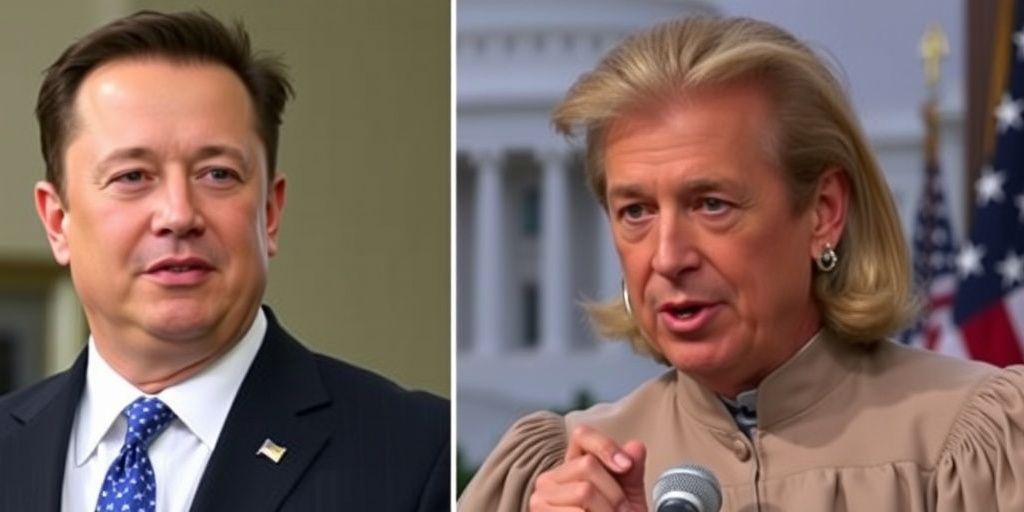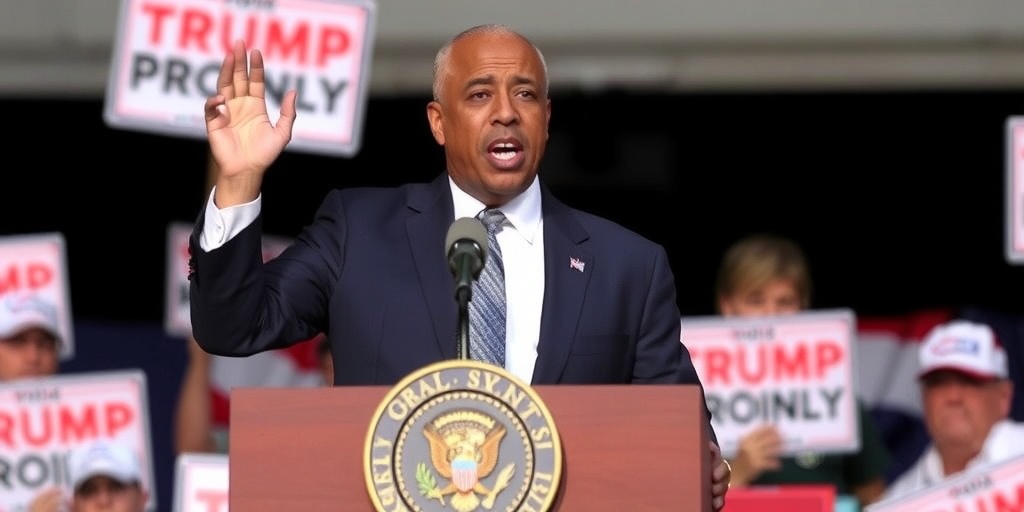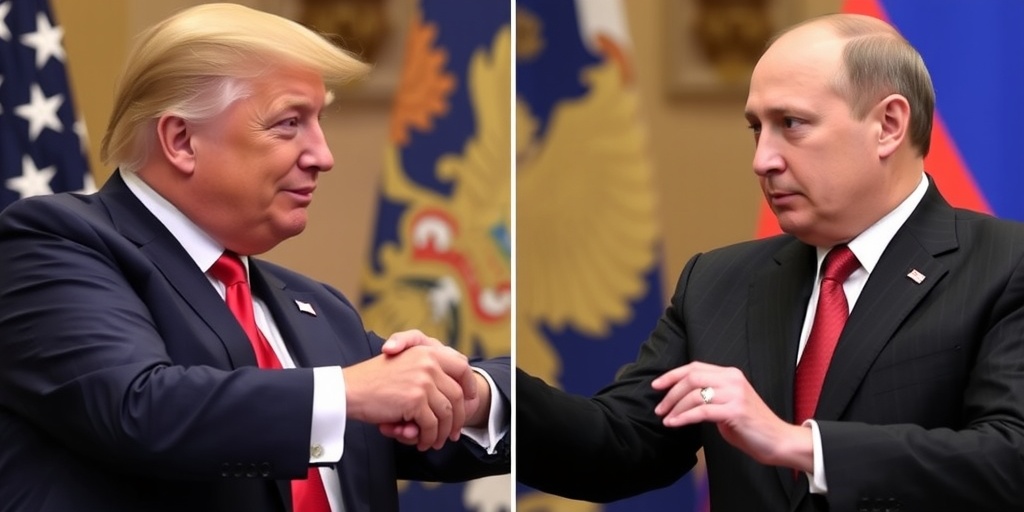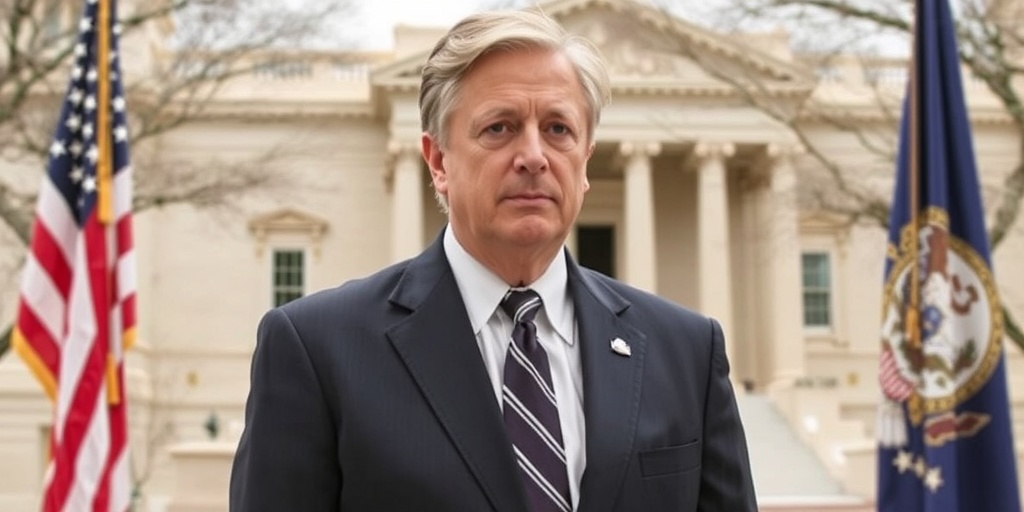Now Reading: Trump’s Takeover: Kennedy Center in His Crosshairs
-
01
Trump’s Takeover: Kennedy Center in His Crosshairs
Trump’s Takeover: Kennedy Center in His Crosshairs
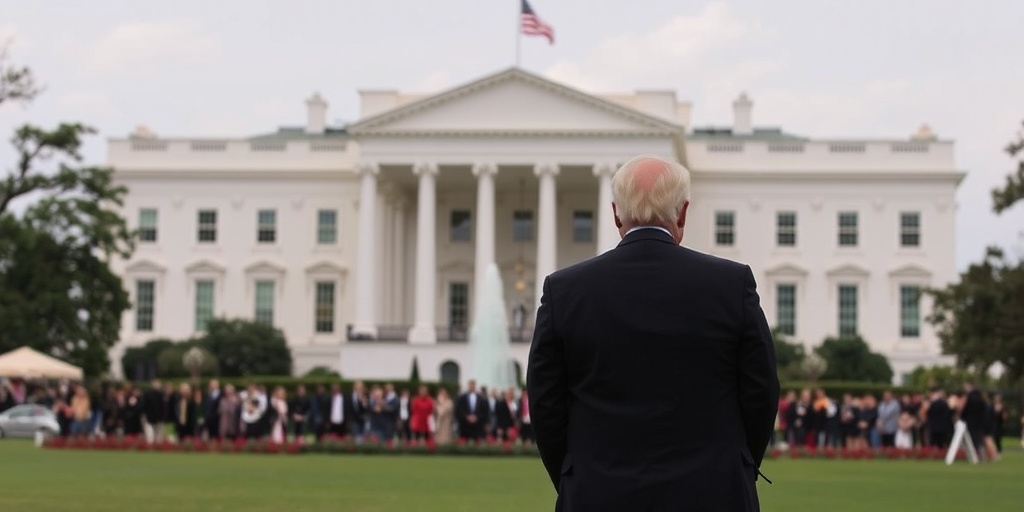
Trump’s Takeover of the Kennedy Center: A Shift in Washington’s Cultural Landscape
In August 2017, the television producer Norman Lear made headlines by announcing his decision to skip the White House reception for the Kennedy Center Honors. This move came shortly after the esteemed dancer and choreographer Carmen de Lavallade withdrew from the event, motivated by President Trump’s controversial statement regarding the "very fine people on both sides" during the white supremacist rally and counterprotest in Charlottesville, Virginia. In a series of subsequent moves, Trump canceled the reception altogether and boycotted the annual awards ceremony for the rest of his presidency.
Fast forward to last week, the former president takes a dramatic step: he purged the bipartisan board of the Kennedy Center of Biden appointees, dismissed the center’s president, and appointed himself as the new chairman. With this bold maneuver, questions arise about the future direction of a cultural institution that has played a crucial role in the artistic fabric of Washington, D.C., for over half a century.
Trump’s intentions for the Kennedy Center are scrutinized by many, including Stephen K. Bannon, a long-time advisor to the former president. Bannon suggested an inaugural performance by the "J6 Prison Choir," a group composed of individuals pardoned by Trump after their imprisonment for participating in the January 6 Capitol insurrection. This suggestion echoes the tactics of authoritarian leaders like Hungary’s Prime Minister Viktor Orbán, who has heavily invested in state-supportive art.
As speculation about the Kennedy Center’s future mounts, there is an anticipation that upcoming events may skew towards country music, especially with the presence of Lee Greenwood— a Trump ally and performer of the Republican anthem "God Bless the USA”—on the board. The shift towards a more conservative cultural representation reflects Trump’s enduring influence on Washington’s artistic expressions, prompting excitement among his supporters and concern among critics.
Bannon characterized the Kennedy Center as the "high church of the secular, atheistic administrative state" and expressed enthusiasm for what he terms a "Visigoth" invasion of the venue. He predicted impending chaos among the Washington elite, claiming that the cultural landscape is changing dramatically under Trump’s purview.
Richard Grenell, the former U.S. ambassador to Germany, has been appointed as the interim president of the Kennedy Center but has remained tight-lipped about his plans for the institution. His uncertain commitment to the role adds another layer of tension, especially since he has hinted at aspirations to run for governor of California in the upcoming elections.
Although Trump has yet to reveal specific plans for the programming at the Kennedy Center, he made headlines during a board meeting by promising to "make it hot," likening it to the excitement he fostered during his presidency. He implied motivation for the takeover stemmed from the center’s previous shows that he deemed inappropriate, specifically mentioning drag performances that were targeted toward LGBTQ+ youth.
Amid these changes, the White House press secretary commented that the Kennedy Center learned an important lesson: "if you go woke, you will go broke." This statement follows the center’s reported $1 million deficit amid its $268 million budget for the prior year. The new board plans to reposition the center as a venue for all Americans that honors the nation’s history and traditions.
Michael M. Kaiser, former president of the Kennedy Center, expressed his concerns regarding the uncertain ambitions of the new leadership and its potential impact on the donor base. Given the predominantly Democratic makeup of Washington, he worries whether traditional patrons will continue to support the center’s events amidst these shifts.
Even as Trump assumes control, questions linger about the longevity of his interest in steering the Kennedy Center, particularly in the face of expectations regarding fundraising and philanthropy that accompany the role of chairman. Previous chairman David Rubenstein, a billionaire philanthropist, has contributed a record-breaking $120 million to the Kennedy Center over a two-decade span, underscoring the type of financial commitment that may be expected from Trump’s leadership.
The Kennedy Center, established under President Dwight D. Eisenhower and named after President John F. Kennedy following his assassination, has long been a vital part of America’s artistic identity—often criticized for being elitist but still evolving to engage with a diverse audience. With performances ranging from grand operatic productions to family-friendly musical adaptations, it aimed to be inclusive and reflective of the cultural landscape.
As the Kennedy Center navigates this tumultuous chapter, it remains to be seen how the institution will adapt and whether it can retain its original mission of serving as a beacon for performing arts in a divided political environment. Furthermore, the reactions from its artistic community are already evidencing a palpable sense of discontent, with notable artists like soprano Renée Fleming resigning in protest after the recent upheaval.
This episode marks an intriguing yet challenging phase for the Kennedy Center, with implications that may extend well into the future of arts and culture in America’s capital. The legacy of this artistically rich institution hangs in the balance as it braces for a potential transformation under Trump’s stewardship.
Stay Informed With the Latest & Most Important News
Previous Post
Next Post
-
 01New technology breakthrough has everyone talking right now
01New technology breakthrough has everyone talking right now -
 02Unbelievable life hack everyone needs to try today
02Unbelievable life hack everyone needs to try today -
 03Fascinating discovery found buried deep beneath the ocean
03Fascinating discovery found buried deep beneath the ocean -
 04Man invents genius device that solves everyday problems
04Man invents genius device that solves everyday problems -
 05Shocking discovery that changes what we know forever
05Shocking discovery that changes what we know forever -
 06Internet goes wild over celebrity’s unexpected fashion choice
06Internet goes wild over celebrity’s unexpected fashion choice -
 07Rare animal sighting stuns scientists and wildlife lovers
07Rare animal sighting stuns scientists and wildlife lovers














